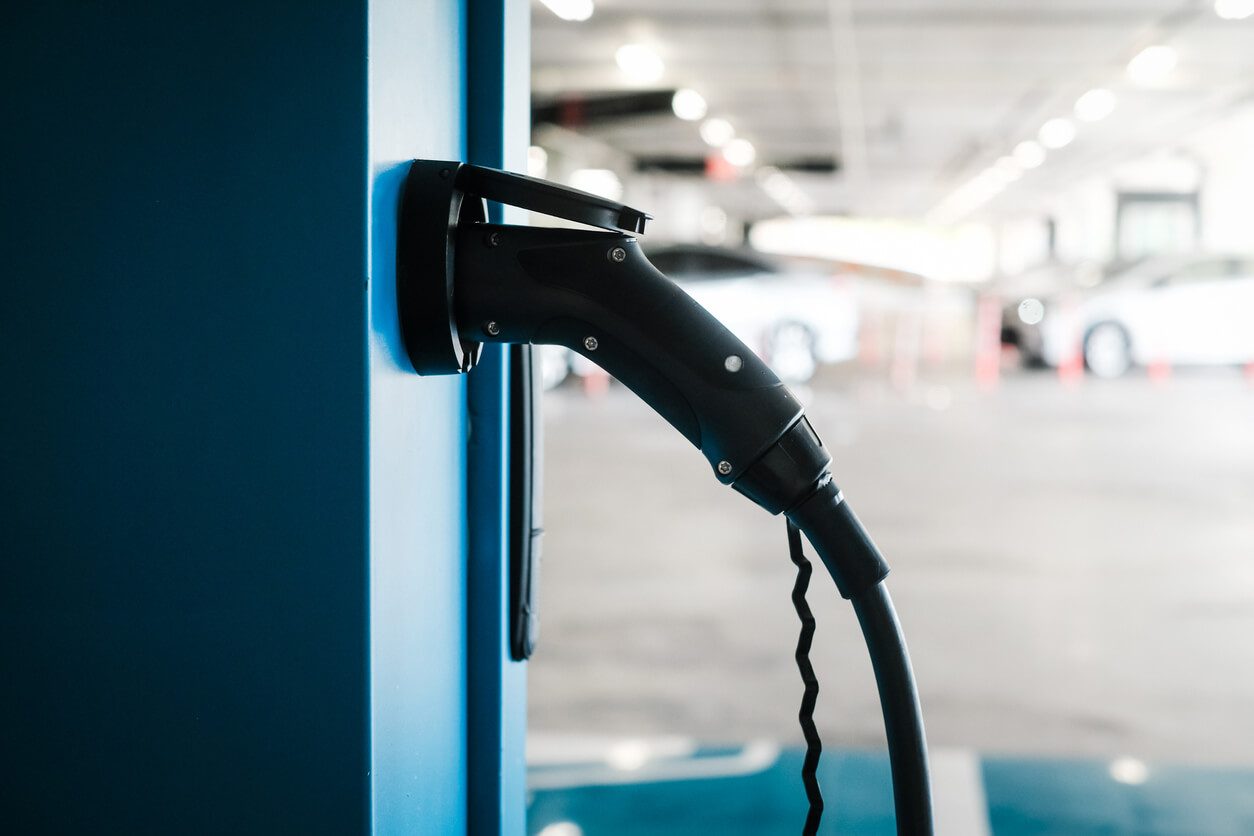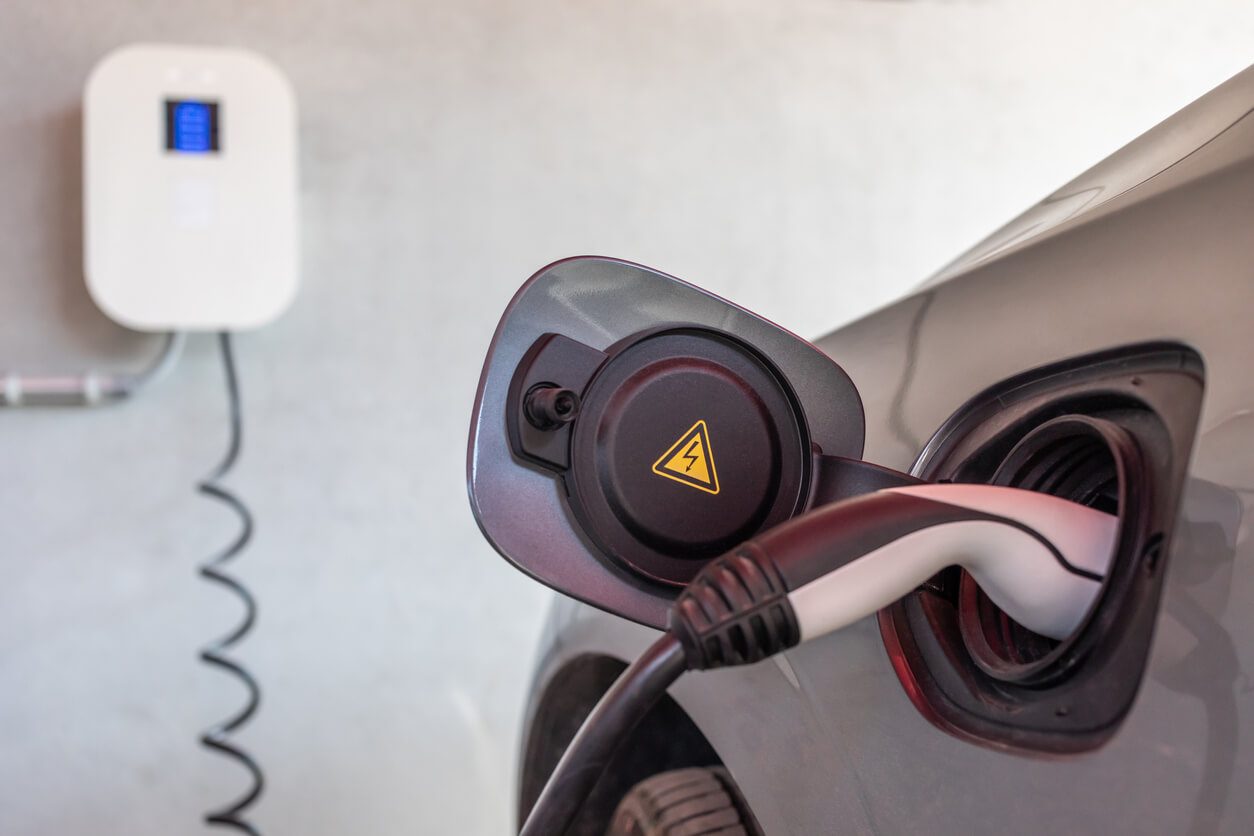Electric Vehicle Ranges: Fleet Managers Guide
Every electric vehicle has an official designated range on a fully charged battery, but how accurate is that number? In this guide, we’ll explore the estimated versus actual ranges for some of the most popular EVs and tips for getting the most miles out of your battery.
What You Need to Know About EV Ranges
An EV range is defined as the number of miles an electric vehicle can travel on a 100% fully charged battery — also known as a single charge. The Environmental Protection Agency (EPA) determines the range of an electric vehicle through a series of laboratory tests and calculations that factor in components that would typically affect range, such as cold temperatures, air conditioning, high speeds, and aggressive driving behavior.
Average Range for Electric Vehicles
The average range will depend on a variety of factors, including the make and model of the vehicle. In general, most passenger (or class 1) electric vehicles can travel anywhere from 200–400 miles on a single charge with some models pushing even more. Most fall between 250–300 miles.
Estimated vs. Reality of EV Ranges
How do EV ranges stack up in the real world? We break down the numbers on some of the most popular electric vehicles.
Chevrolet Bolt EV
The 2023 Chevy Bolt EUV was named the Best Electric SUV for the Money by U.S News & World Report with an EPA estimated range of 259 miles. Even though the Chevy Bolt and the Chevy Bolt EUV were discontinued at the end of 2023, they still remain popular pre-owned options, especially for fleets.
In general, consumers on Kelley Blue Book report getting more than 259 miles out of a single charge, with some vehicles reaching 300–335 miles; in some cases, however, drivers could only get a maximum of approximately 200 miles at highway speeds.
Weather and time of year were also significant factors. Users reported a range anywhere from 260 to 320 miles during the summer and a range of up to 250 miles during the winter with the heat running.
Chevrolet Bolt EUV
This subcompact SUV has an estimated range of 247 miles, but some consumers report a range closer to 264–274 miles. Car and Driver, on the other hand, reported that during a 75-mph highway test, the Bolt EUV managed approximately 190 miles of range.
According to Inside EVs, General Motor set a range record for the Bolt EUV during a demonstration introducing the vehicle to the Brazilian market (even though production of the Bolt EV and EUV stopped at the end of 2023). The EUV covered a range of 560 miles on a full battery charge with the challenge lasting 28 hours and 30 minutes. It’s important to note, however, that the test was completed at low speeds and with low energy-consumption techniques.
Chevrolet Silverado EV
This pickup truck from Chevrolet is relatively new; while it’s available for fleets, it won’t be released to the general public until some time in 2024, so details on estimated versus actual range are limited.
There are two versions of this electric pickup truck — the Chevy Silverado EV 3WT, which has an EPA estimated range of 393 miles, and the Chevy Silverado EV 4WT, with an estimated range of 450 miles. These estimates, according to GM Authority*, are based on ideal driving conditions and don’t take into account things like weather, driving style, and payload. P
Chevrolet claims that 100 miles of range can be added to the battery in 10 minutes at a public DC charging station. This vehicle is known for its longer driving range, especially when compared to the Ford F-150 Lightning.
Ford F-150 Lightning
Ford’s electric version of its popular F-150 truck is the Lightning, which offers four available models. The Lightning comes with a standard-range battery that provides approximately 240 miles of range, and an extended-range battery that offers an EPA-estimated 320-mile range. The Platinum model offers a range of 300 miles.
Ford E-Transit
This popular cargo van from Ford has a range of 126 miles for the low roof model; the medium roof has a range of 116 miles; and the high roof can go approximately 108 miles on a full charge.
Edmunds found that over the course of a two-week test, the E-Transit was slightly more efficient, but there was virtually no payload and the vehicle was in Eco mode for most of the time, which helps maximize battery efficiency. Also, fleets can experience lower range in winter, although this can be mitigated with good practices such as pre-conditioning the EV before hitting the road.
Critics of the E-Transit point out a less-than-impressive range, but according to Motor Trend, “Ford says the daily average range for commercial vans in the U.S. is 74 miles, which would make the E-Transit’s range sufficient for target customers.”
XOS Step Van
The EPA-estimated range for the XOS Step Van is 100–200 miles, with a maximum range of 100 miles for 140 kWh configurations and 200 mi for 280 kWh configurations.
Rivian R1T and R1S
The standard battery pack of an R1T has a range of 270 miles, whereas the large and max battery packs have ranges of 352 and 410, respectively. A real-world test from Edmunds on the R1T managed 317 miles of full charge.
The 2023 Rivian R1S has an EPA-estimated range of 321 miles. Rivian does have a disclaimer that models with all-terrain tires will have a little less mileage in the real world, but a test from Edmunds managed to travel 330 miles on a single charge.
According to a review on The Verge: “The R1S’s range estimates are accurate, if a little conservative, and the navigation system can automatically direct you to a charging station or pick an alternative route for better efficiency. Using a DC fast charger, the Rivian’s 135kWh battery pack can gain 140 miles of range in 20 minutes or go from 10 percent to 80 percent charge in around 45 minutes.”
*GM Authority is not owned, operated, supported, or otherwise condoned by General Motors, its brands, subsidiaries, or partners.
Factors That Affect EV Range
As you can see, the estimated versus actual range on an electric vehicle will vary due to a variety of factors, the following of which are the most common:
- Temperature and Weather. Turning on the air conditioning or heat means that your electric vehicle’s battery is being used for both propulsion and temperature control. Exposing the EV to prolonged high temperature and subfreezing temperature can reduce range.
- Battery Size and Chemistry. More battery capacity typically means a longer range.
- Drivetrain (RWD, FWD, or AWD). EVs that power all four wheels will experience reduced range compared to those only powering the front or back wheels. Some EVs also reduce battery size for non-AWD models.
- Speed and Driving Style. Quick acceleration, aggressive driving, and faster speeds (e.g. highway driving) can all reduce a vehicle’s range.
- Make and Model. Not every electric vehicle is created equal in terms of battery range. Just like internal combustion engine (ICE) vehicles with fuel economy, EV ranges will vary based on manufacturer and model.
- Tire Pressure. Under- or over-inflated tires can have negative effects on range since they create more rolling resistance.
- Terrain. Driving over hills and/or challenging terrain uses more energy.
- Regenerative Braking. During braking and coasting, EVs recover energy to the battery from the brakes. Many EVs offer settings that vary the degree to which regenerative braking is felt by the driver, impacting efficiency and range. Maximize these settings, or “one pedal driving” to maximize range performance.
How to Maximize EV Range
If you want to get the most miles of your charge, keep these following tips in mind:
- Keep your speed below 60 miles per hour.
- Avoid quickly accelerating and harsh braking.
- Avoid running the heat or air conditioning at full blast.
- Maintain recommended tire air pressure.
- Keep your EV in a climate-controlled environment, if possible.
- Use an Eco mode if it’s an option on your EV and maximize regenerative braking options.
- Coast downhill when possible.
- When it comes time to replace your EV tires, find ones that are specially formulated for EVs with low rolling resistance.
- Reduce the everyday weight of your vehicle by only transporting what you need.
- Some EVs have climate controls that only heat or cool the vents pointed directly at the driver, and/or seat heaters/coolers, which can help improve range when you aren’t carrying passengers.
Looking for More Information About EV Ranges?
We can help. Here at Merchants Fleet, we pride ourselves on being an end-to-end EV provider that can help you find the vehicles you need while also strategizing and planning for fleet electrification. And once you secure your vehicles, we have the EV services, solutions, and support to keep your fleet up and running.
If you have specific questions about EV ranges, or you’re just looking for more information in general, contact us.





